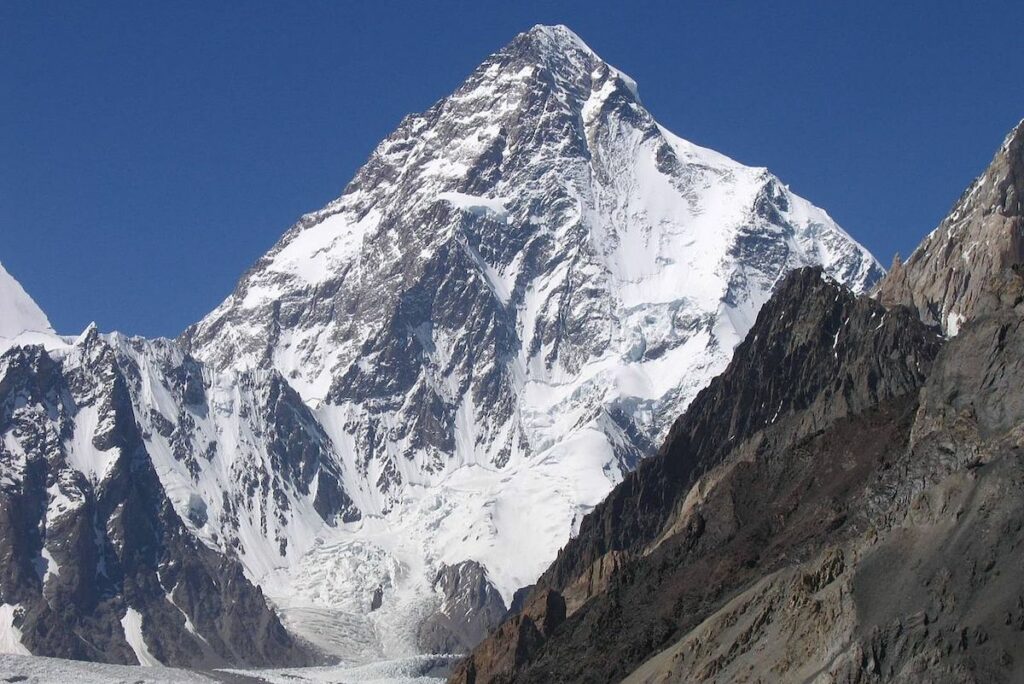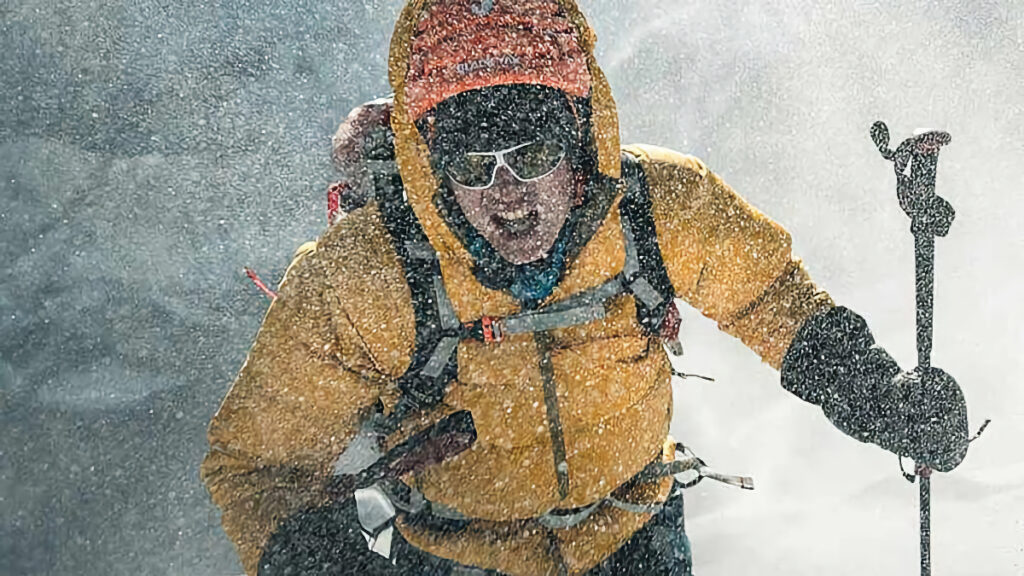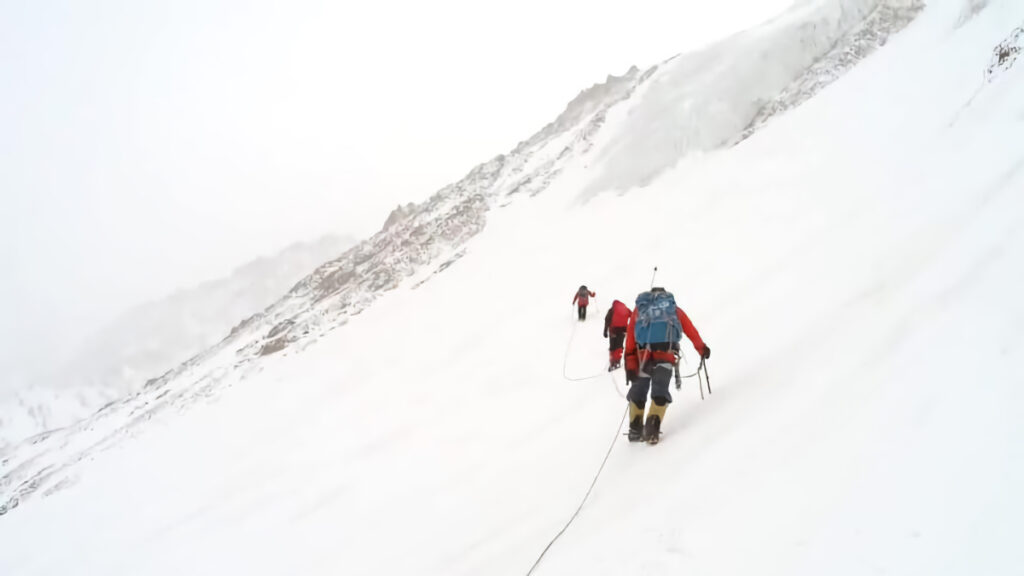The 2022 winter climbing season has not been kind to mountaineers. After an all-star team of Nepali climbers achieved the first winter ascent of K2 last year, it has been tough going ever since. But as teams set off to attempt various climbs this year, it was with a great deal of optimism and relief following two years of challenging COVID shutdowns and outbreaks. Unfortunately, things haven’t gone according to plan and now with winter nearly over, it looks like most of the teams are now ready to call it quits and prepare for an active spring season in the Himalaya instead.
Defining in Winter
For most of the world, defining when winter begins and ends isn’t a topic that requires much thought or debate. Not so in the mountaineering world, where climbers have differing opinions on what dates define the start and finish of the season.
For most of us, winter begins on December 21 and runs to March 20, which coincides with the winter solstice and the vernal equinox. Those are the dates that most calendars across the globe will define as the first and last days of winter. But for many mountaineers, the winter season begins on December 1 and runs to February 28. That is why you’ll see a lot of teams target March 1 as the end of their winter expeditions, whether they are successful or not.
As with a lot of the “rules” to mountaineering, there is no clearcut consensus on which dates to follow. Some climbers define winter for whatever best suits their needs. For instance, it is widely known that Ang Rita Sherpa is the only climber to summit Everest without supplemental oxygen in winter. That successful summit came on December 22, 1987, which means he was only one day into “astrological” winter, but several weeks into “meteorological” winter.
Some would argue that Ang Rita did all of his acclimatization in the autumn and then nabbed the summit before winter truly got bad. It is a splitting of hairs, but that is often the case when it comes to these mountaineering accomplishments and “firsts.” It is also why so many modern expeditions wait until late December or even early January to get underway. It removes a lot of the guesswork and second-guessing.

Winter K2, Cho Oyu, and Manaslu
This year there were several major expeditions to 8000-meter peaks, including high-profile attempts on K2, Cho Oyu, and Manaslu. Unfortunately, the weather was so bad that none of these expeditions has found any kind of success.
Winter climbing on K2 has become all the rage the past few years, with even a few commercial teams giving it a go. To date, only the Nepali squad from 2021 has been successful. This past weekend, the team attempting the second-highest mountain on the planet was forced to turn back after reaching Camp 3. Conditions were just not safe and time was running out for them to complete a winter ascent.
A team consisting of Alex Txikon, Oswald Pereira, Simone Moro, and Inaki Alvarez made a valiant attempt on Manaslu early in the 2022 winter climbing season. Unfortunately, they called off their expedition two weeks ago citing inconsistent conditions. The team found it difficult to acclimatize and make progress as they never had a weather window that long enough for them actually work at setting up higher camps. Eventually, the cold conditions sapped their strength and energy, sending them home instead.
The two Nepali teams on Cho Oyu has been interesting to follow all winter long. Both squads are attempting to open a new route on the South Side of the mountain that would circumvent the Chinese control of the peak. Why they chose to attempt that new route in winter is beyond me, but I applaud their audacity. If the goal was to make Cho Oyu commercially viable for Nepali guide companies, a spring ascent would have likely found more success. At the moment, the teams are stuck in Base Camp waiting out the weather, but things don’t look very promising.

Solo, No-O’s on Everest
For the past couple of years, we’ve followed German climber Jost Kobusch as he attempts Everest in winter without oxygen. That’s would be hard enough on its own, but he has also climbed completely solo above BC and has attempted the very difficult West Ridge. As a result, he has found little success on the mountain, although he has managed to reach as high as Camp 3 at times.
Jost is back on Everest this year and giving it another go. As of this writing, he is in Camp 3 on the West Ridge at 6450 meters (21,161 ft). The weather has stalled his advance for now and the forecast does not look good for the days to come. It seems unlikely that he’ll be able to complete his solo quest once again this winter climbing season, but it is possible that he could still surprise us.
For the record, the 6450-meter mark is still 2398 meters (7867 ft) below the summit. And of course, the upper flanks of the mountain is where things get particularly tough, even when the weather is cooperating. There is no question that Kobusch is a skilled and strong alpinist, but the mountain is a fierce adversary during the winter.

Success on Koshar Gang
That isn’t to say that there hasn’t been some successes during the 2022 winter climbing season. Polish/Russian mountaineer Denis Urubko came out of retirement from winter climbing to join Anton Kravchenko, Andrew Shlyapnikov, and Max Berngard to complete a new route on Koshar Gang—a 6045 meter (19,832 ft) peak in Pakistan. While the mountain isn’t as high or difficult as its 8000-meter neighbors, it remains a formidable challenge in winter.
The sometimes-controversial Urubko admitted that the climb was a real challenge, especially due to the winter conditions. It has also been two year since his last serious winter alpine expedition as he has mostly retired from high-altitude mountaineering to focus on more technical rock climbing. As one of the strongest alpinists of his generation, it was good to see him back in the Karakoram. Whether or not he is officially coming out of retirement remains to be seen.
With March now upon us, the 2022 winter climbing season is all but wrapped up. Soon, all of the attention will turn to Everest and the other Himalayan peaks. Despite the lack of major successes this year, it’s hard not to applaud these hardy climbers who brave the worst conditions imaginable for the chance to achieve big things on big mountains. Hopefully, next winter will bring new opportunities.
- Gear Review: The Xero Scrambler Mid is an Ultralight Hiking Shoe for Spring - March 1, 2023
- Gear Review: Yeti Roadie 48 Wheeled Cooler - August 18, 2022
- Kristin Harila Continues Pursuit of 8000-Meter Speed Record - August 16, 2022
